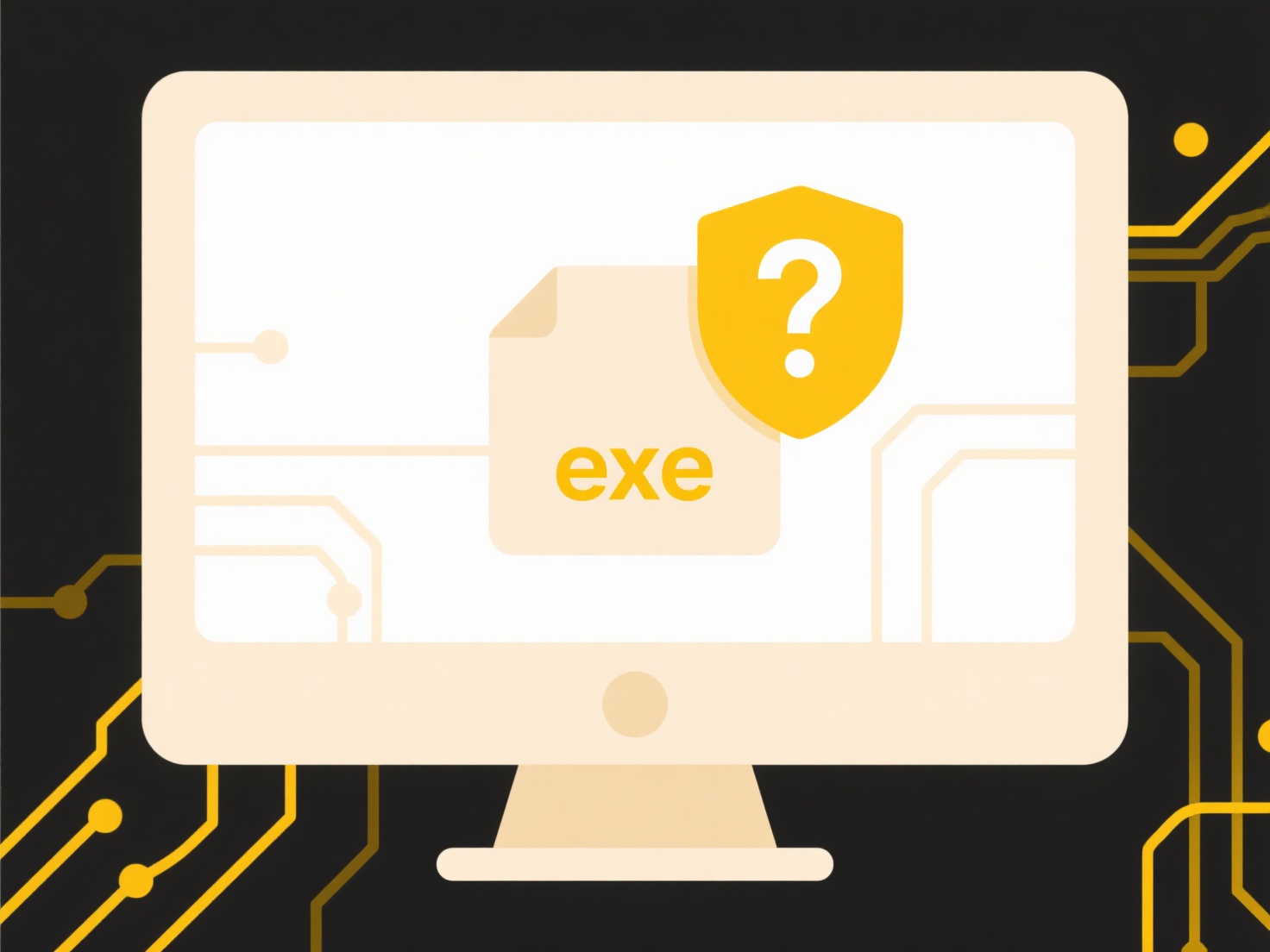
Illegal characters in filenames are symbols disallowed by operating systems or platforms. Common culprits include /, \, :, *, ", <, >, |, ?, and NUL on Windows, while : and / cause issues on macOS/Linux. File systems reserve these for operations (like path separators), preventing their use to avoid errors, corruption, or data loss. Automation replaces these characters programmatically, unlike error-prone manual edits.

Automated removal uses scripts (e.g., Python's re.sub(), PowerShell), dedicated tools (Bulk Rename Utility), or cloud integrations. A Windows admin might run a PowerShell script replacing illegal symbols with underscores during file migration. Cloud storage services like AWS S3 SDKs can sanitize filenames before upload, ensuring : becomes - for compatibility.
Automation ensures consistency and prevents processing failures. However, overzealous replacement can create ambiguous filenames, potentially altering meanings (file:1.txt vs file_1.txt). Scripts must handle language-specific nuances like accented letters cautiously to preserve accessibility. Future development includes smarter normalization libraries respecting semantic intent while maintaining universal compatibility, improving secure data management.
How do I remove illegal characters from file names automatically?
Illegal characters in filenames are symbols disallowed by operating systems or platforms. Common culprits include /, \, :, *, ", <, >, |, ?, and NUL on Windows, while : and / cause issues on macOS/Linux. File systems reserve these for operations (like path separators), preventing their use to avoid errors, corruption, or data loss. Automation replaces these characters programmatically, unlike error-prone manual edits.

Automated removal uses scripts (e.g., Python's re.sub(), PowerShell), dedicated tools (Bulk Rename Utility), or cloud integrations. A Windows admin might run a PowerShell script replacing illegal symbols with underscores during file migration. Cloud storage services like AWS S3 SDKs can sanitize filenames before upload, ensuring : becomes - for compatibility.
Automation ensures consistency and prevents processing failures. However, overzealous replacement can create ambiguous filenames, potentially altering meanings (file:1.txt vs file_1.txt). Scripts must handle language-specific nuances like accented letters cautiously to preserve accessibility. Future development includes smarter normalization libraries respecting semantic intent while maintaining universal compatibility, improving secure data management.
Quick Article Links
How does data loss prevention (DLP) work with cloud files?
Data Loss Prevention (DLP) for cloud files involves technology designed to detect and prevent unauthorized access, shari...
Can I save or export logs securely?
Securely saving and exporting logs involves preserving system or application event records while ensuring their confiden...
What apps offer smart search for file retrieval?
Smart search for file retrieval goes beyond simple filename searches by analyzing file content, metadata, and context to...